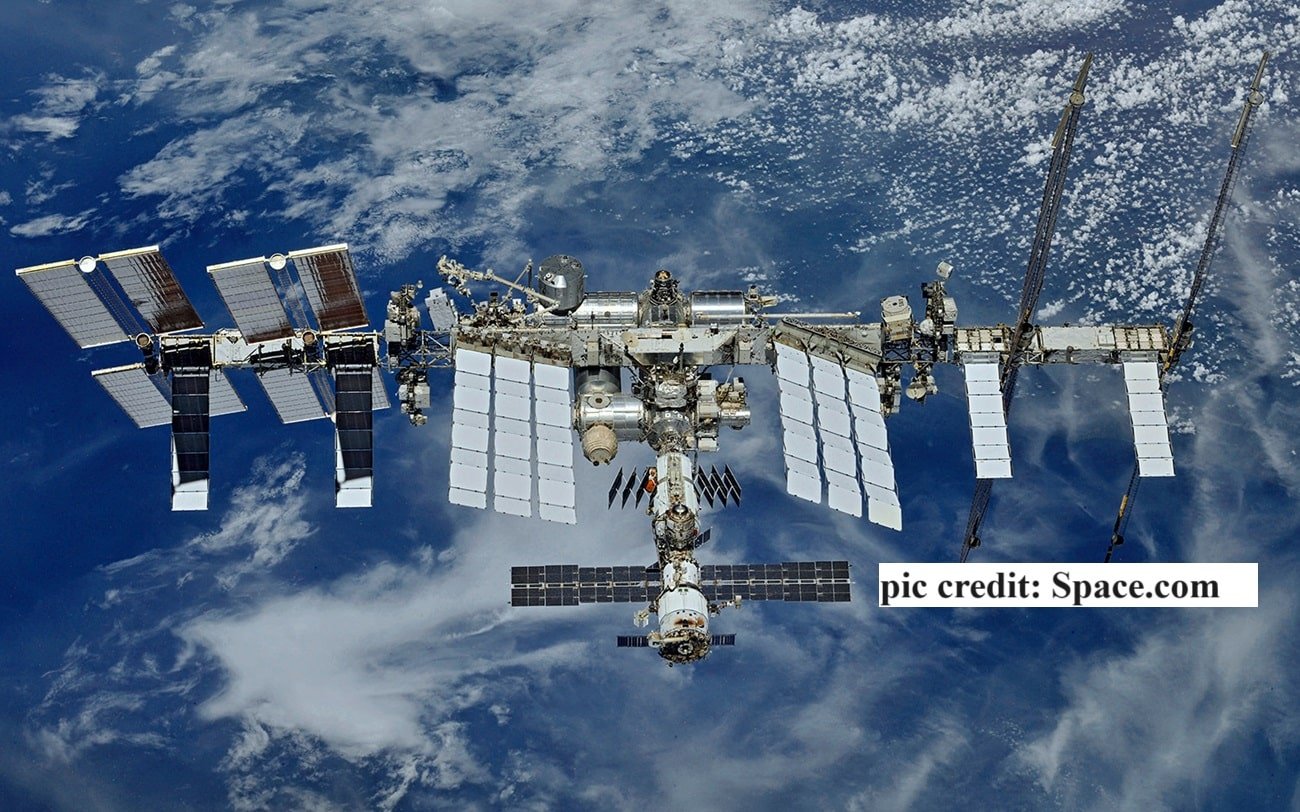
The realm of space exploration is on the cusp of a transformative era with the emergence of new international space station projects, spearheaded by both governmental and private entities. These ambitious endeavors not only symbolize the relentless pursuit of scientific advancement and technological innovation but also herald a new chapter in human space exploration, characterized by collaboration, diversity, and the democratization of access to space. New developments in both private and governmental space stations are ushering in a new era of international collaboration and innovation.
As of February 20, 2024, there aren’t any truly “new” international space stations operating in orbit. However, there are some exciting developments on the horizon:
Government-led Ventures:
- China’s Tiangong Space Station (TSS): Already operational, the TSS has completed its Phase 1 with the addition of two laboratory modules. With plans for further expansion, it aims to become a permanent research platform, potentially collaborating with other nations.
- NASA’s Artemis Program: Though not strictly a space station, NASA’s Artemis program aims to establish a sustainable human presence on the Moon, including the Lunar Gateway, a mini-station that will serve as a critical staging point for lunar missions and deep space exploration.
- Europe’s Columbus Space Station (CSS): While still in the conceptual phase, the CSS could potentially become Europe’s independent space station, focusing on scientific research and technological development.
Private Sector Initiatives:
- Blue Origin’s Orbital Reef: This ambitious project envisions a modular, commercially operated space station capable of supporting diverse activities like research, manufacturing, and tourism. With recent testing successes, Orbital Reef aims to launch in the late 2020s.
- Voyager Space’s Starlab: This inflatable station focuses on modularity and adaptability, offering flexible configurations for various purposes. Starlab has secured partnerships with major aerospace companies like SpaceX recently and anticipates its first module launch in 2028. On Jan. 31, the Starlab space station team announced that it had hired SpaceX to launch its entire Starlab space station
- Axiom Space’s Axiom Station: Unlike the others, Axiom Station won’t be entirely new. It plans to detach modules initially attached to the ISS, creating a commercially operated research and manufacturing platform.
International Collaboration:
These developments highlight a shift towards a more diversified and collaborative space landscape. While the TSS operates independently, China has expressed openness to international cooperation. The Lunar Gateway involves international partners like ESA and JAXA. Private ventures are also exploring partnerships. For instance, Blue Origin has partnered with Boeing for Orbital Reef.
International Space Station:
The International Space Station (ISS), a marvel of international cooperation, has served as humanity’s outpost in low Earth orbit for over two decades.
The Enduring Legacy: International Space Station (ISS)
Soaring 250 miles above Earth, the International Space Station (ISS) isn’t just a marvel of engineering; it’s a testament to international collaboration and scientific ambition. It is 275 feet long and 357 feet wide. It has 8 docking ports for visiting spacecraft. Over 3.5 hundred thousand sensors and around 50 computers control the station. This orbiting laboratory, operational since 2000, has been continuously inhabited for over two decades, setting records for human presence in space.
A Global Collaboration:
The ISS isn’t a single nation’s project. It’s a joint effort led by five space agencies – NASA (US), Roscosmos (Russia), JAXA (Japan), ESA (Europe), and CSA (Canada). This collaboration has brought together expertise from diverse nations, fostering scientific exchange and cultural understanding.
The ISS is more than just a scenic platform. It’s a bustling scientific hub conducting research in diverse fields. Astronauts conduct experiments in microgravity, studying the effects on materials, biology, and even human physiology. This research helps us understand the universe, develop new technologies, and prepare for future space missions.
The ISS serves as a crucial stepping stone for future space exploration. Astronauts hone their skills for longer missions, test technologies for deep space travel, and learn how to live and work in a closed environment, crucial for journeys to Mars or beyond.
Facing Challenges:
Despite its successes, the ISS faces challenges. Maintaining and operating such a complex structure over time requires significant resources and international cooperation. The future of the station beyond 2024 is still under discussion, with decisions needing to be made about its extension or decommissioning.
A Legacy Beyond Earth:
The ISS stands as a symbol of human achievement and collaboration. It showcases our ability to push boundaries, explore the unknown, and work together for a common goal. As we look towards the stars, the lessons learned and knowledge gained from the ISS will continue to inspire future generations of space explorers and scientists.